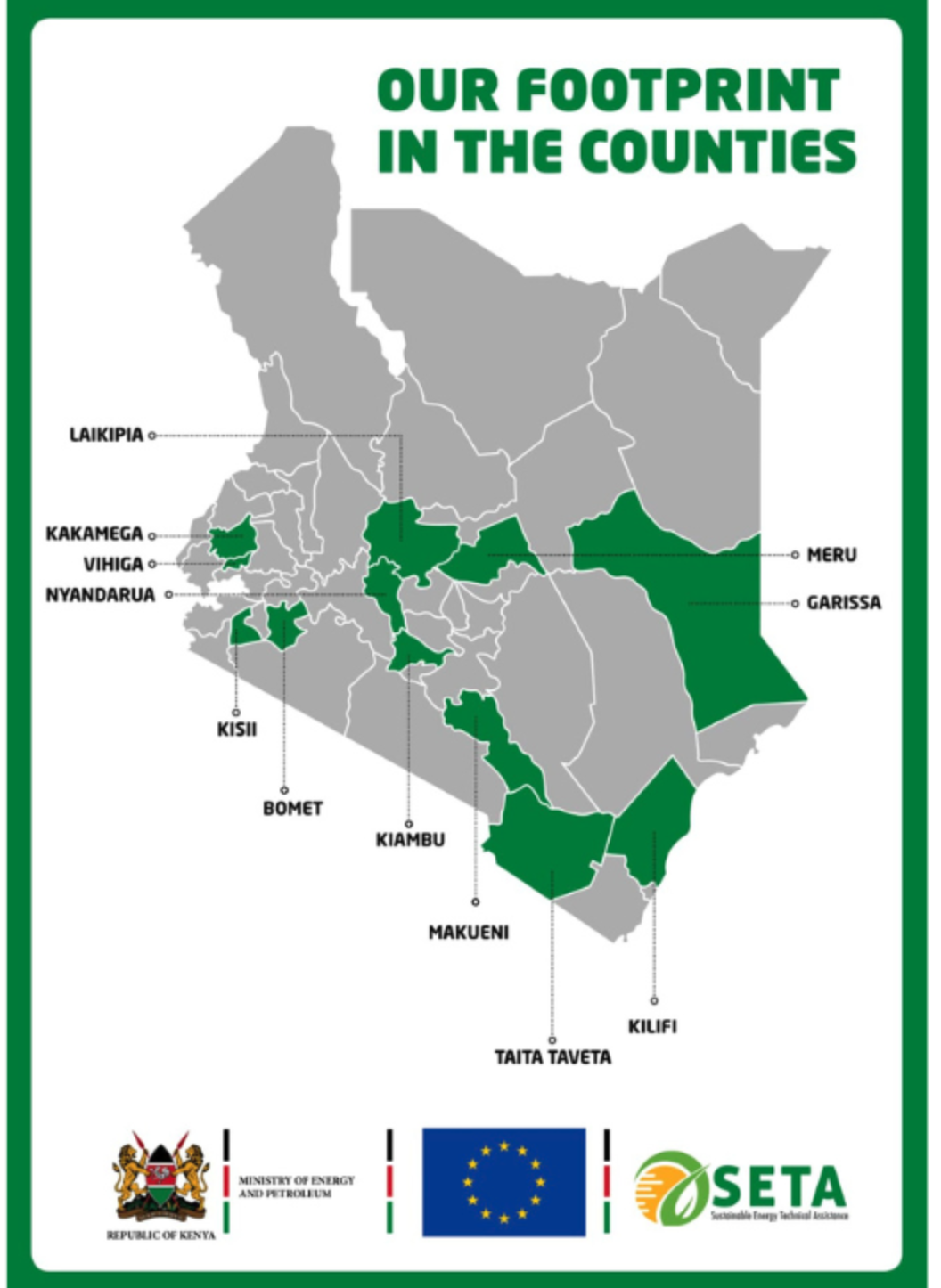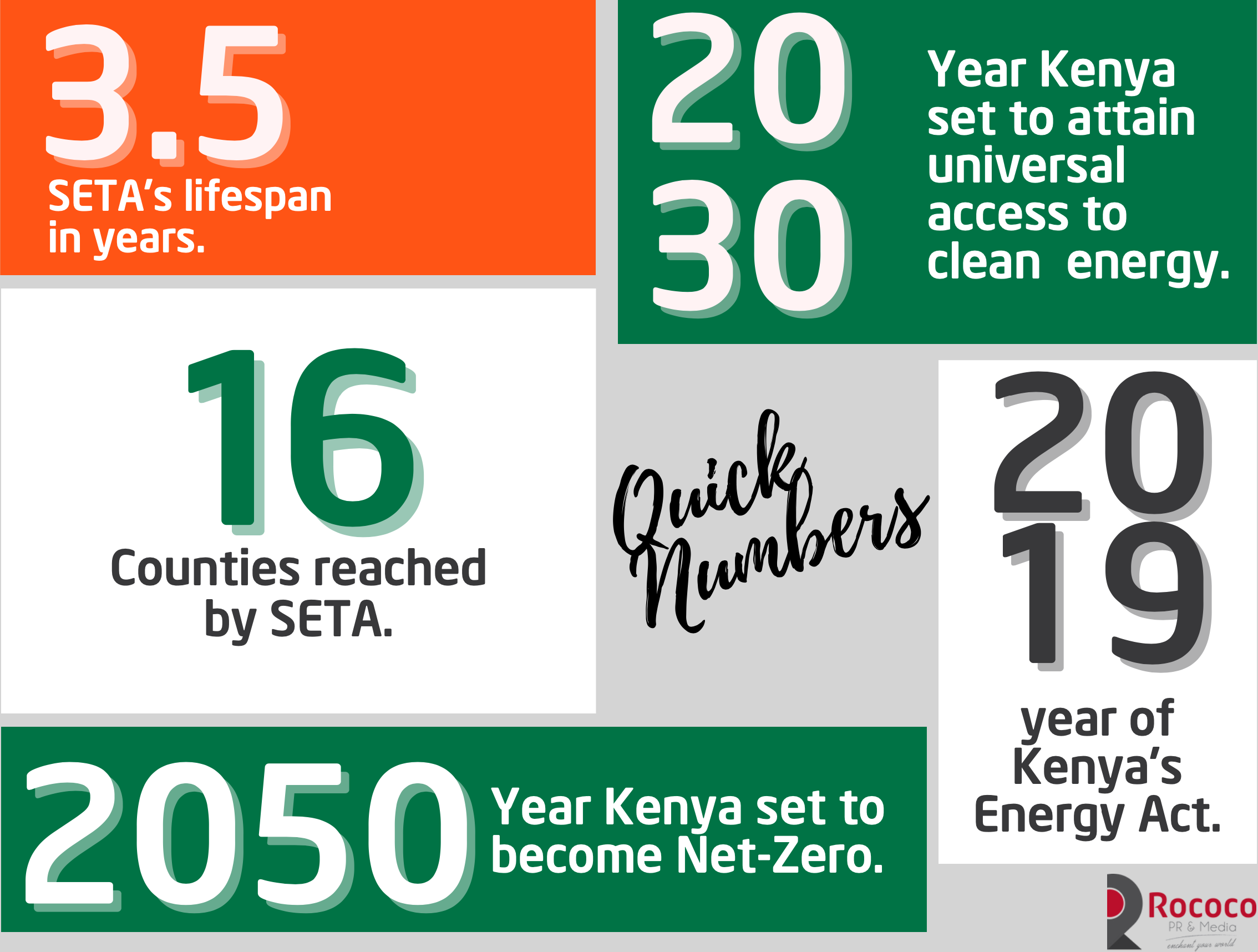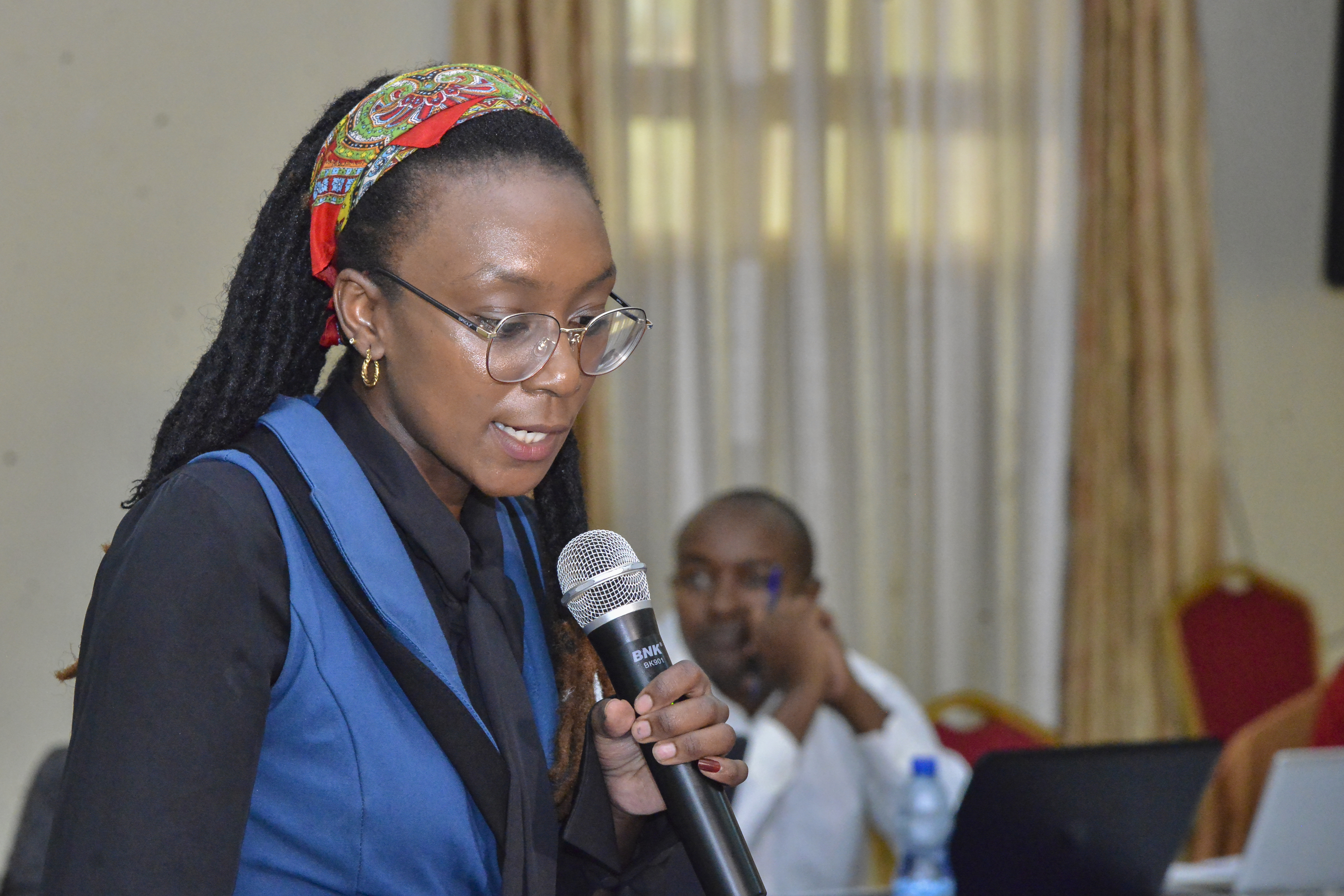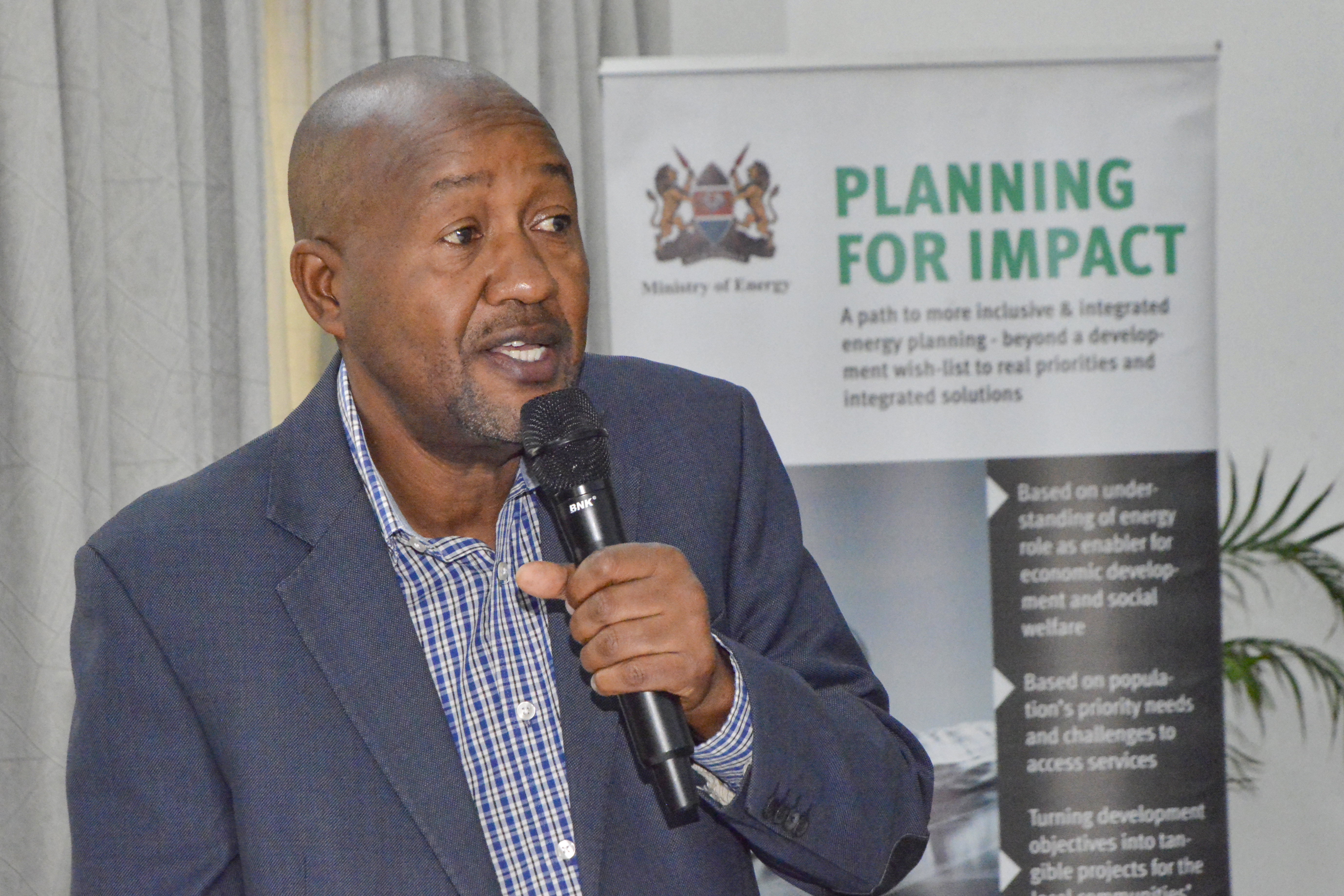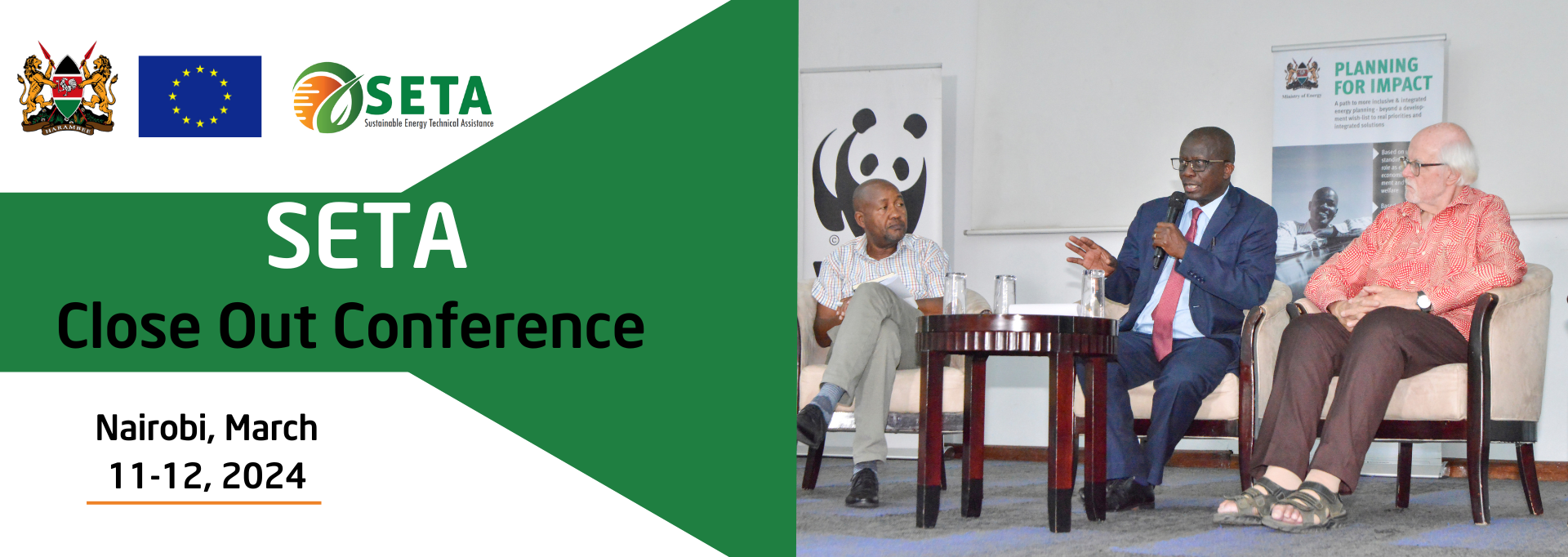
Oh, so the week is over. How time flies! Yet, this was a terrific week hobnobbing with some of the greats in the Kenya’s energy space.
First things first. It started with a call from the soft-spoken Emma Nyabicha of Sustainable Energy Technical Assistance (SETA) project. I’ll tell you about SETA shortly. But what the rising legal eagle wanted was a bit of communication support – you know, the stuff we do at Rococo PR. “Yup. I’m box,” I happily confirmed.
SETA has been running a project to empower 16 counties in Kenya to develop what is known as County Energy Plans (CEPs) – masterplans of sorts. Now, the CEPs are critical to Kenya because when all the 47 counties complete their plans, they’ll be consolidated into the Integrated National Energy Plan (INEP) a meta-masterplan of energy. This is a key requirement of the Kenya’s Energy Act (2019). It’s also a solid path to fulfilling the aspirations of universal access to clean energy for all by 2030 and, as articulated in the Kenya Energy Transition and Investment Plan, attaining Net Zero by 2050. Is INEP a win for climate? Certainly, yes – if we keep our fidelity to its doctrines.
In their very design, the CEPs are reshaping the energy architecture in the country. The CEPs lay the perfect ground for investments, optimal resource allocation across sectors, and smart utilisation that are largely clean, indigenous and contextually apt. The meticulous plans consider the nuances of energy from the household kitchen to the factory industrial boiler.
Now, the SETA project, funded by the European Union, has ended. Emma and her comrades – Jean Paul Laude- Team Leader, and Jechonia Kitala, the SETA Key Expert, were doing their last act in Nairobi – Close Out Conference. And it was impressive.
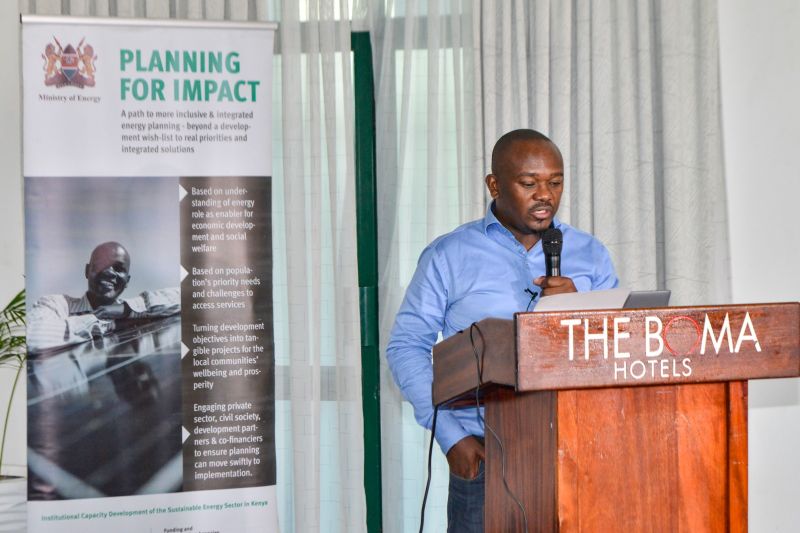
And the delegates came- of all stripes: experts, county governments, civil society, Ministry of Energy honchos and donors.
Indeed, it was an electrifying two-day rendezvous as actors shared insights, successes, lessons learnt, and aspirations in relation to the journey taken to produce CEPs.
And then of course there was man like Victor Gathogo from SNV Netherlands Development Organisation. Dressed in a light-blue shirt, he presented on biofuels. Victor is a passionate chap on matters renewable energy. He forcefully and persuasively prosecuted the case for a more robust bioenergy sector. WATCH VICTOR
So far, the SETA project has mid-wifed 16 counties to develop their CEPs. Of them, Meru, a model county, is almost launching its CEP. WATCH VIDEO. Such is a tremendous milestone for the Kenya’s energy sphere.
The CEPs will produce one of Kenya’s most robust energy regimes like never seen before. A peek into some of the presentations, revealed a future of a vibrant mix, holistically pursued and philosophically green and indigenous in nature. They are, in essence, the royal road to a just, affordable, reliable clean, quality, sustainable, least cost and secure energy regime. Indeed, the SETA’s collaborative planning model appear to have triggered the counties into strategic thinking exploring energy, with all its diversity, in a holist design.
“The approach was rigorous, bottom-up, participatory, and insightful. For us in Meru, SETA was a game-changer,” enthused Yvonne Ogao, a sharp-brained, petite economist at Meru County. What Yvonne meant is the EDM energy modelling. See, SETA adopted this approach that emphasised the centrality of community development needs in energy projects.
That’s why Martin Andersen, Head of Infrastructure & Energy – European Delegation in Kenya, is a proud man. SETA delivered. Still, he’s awed by Kenya’s commitment to clean energy. The jovial Andersen, donning a bluish blazer, lauded the country for the robust green credentials of over 90% renewable grid.
“This milestone is impressive,” a cheery Andersen quipped. “It’s what most countries of the world dream of. We’ll support Kenya towards 100 % green grid,” he pledged. He pointed out the green hydrogen project which the EU is supporting Kenya to pursue. “It will create more jobs,” Andersen noted. Further he reiterated that the EU is supporting Kenya’s “Green Resilient Electricity System” that will strengthen transmission and stimulate development of green energy.
Indeed the energy space is increasingly becoming exciting. For instance the emergence of e-mobility and e-cooking adds a fine twist into the ecosystem that green hydrogen seek to dominate [though to be clear, e-cooking is still struggling only at 2%. That is why more strategic campaigns have to be initiated to stimulate an uptake). Still, throw into the mix biogas and its immense potential strewn across the country, and progressively you see a future that’s incredibly rich in energy development and usage.
I’ve been following SETA for a while. And I can assure you, when it comes to zeal, I have never seen such a dedicated, consummate, intellectual powerhouse as is SETA. Small team but punches a nice one. I couldn’t stop wondering what would become of our country if, especially, public officials emulated the impressive work ethic and spirit of the SETA team.
And over coffee, Kitala, himself a veteran of renewable energy, expressed satisfaction of SETA’s gig. “We did well, I think. ‘Energy as an enbabler’ is now a clarion call in all the counties. That’s great, isn’t it?” he quipped, sipped and stared into the golden rays of a setting sun. “We’ve also learn’t a lot. This project was an eye-opener. Rich lessons, Eric, rich lessons.”
Also read Why Counties Should Champion sustainable energy

